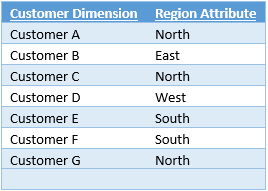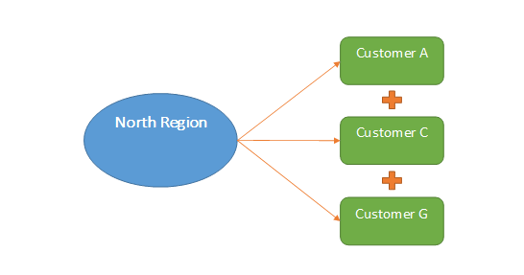The accounting and finance world continues to change at a rapid pace and now more than ever businesses are relying on Enterprise Performance Management (EPM) solutions to compete in the market. While everyone loves Excel, many Financial Planning & Analysis (FP&A) teams are figuring out that by investing in an EPM tool, they will save time during month end, budgeting, forecasting, and reporting cycles.
The benefits are not just measured in time, but also in cost savings and competitiveness in the marketplace. All of that sounds great, but you may be asking yourself, “Why do I need an EPM solution if I can report out of my Enterprise Resource Planning system (ERP)?”
Take analysis to the next Level
When analyzing how ERP’s are constructed, data is either maintained in a hard-coded account segment or tagged using a dimension. These “tags” are used to classify the records in a data set. Frequently used dimensions include: Location, Business Unit, Department, Customer, Project, Vendor, etc. EPM solutions are able to take the actuals recorded in an ERP (hindsight), as well as the dimensional classifications, and use it to conduct various finance and accounting business processes that translate into insight and ultimately foresight. When you want to take your analysis to a different level, EPM’s have the ability to create and extend data beyond standard reporting.
EPM solutions accomplish this using various methods. Dimensions and attributes are features that allow a further analysis by organizing and classifying the data in accounts or measures. The diagrams below illustrate how a dimension like Customer can be viewed from a different perspective by grouping individual customers into an attribute named Region. By choosing a Region, you choose the Customers in that Region. Calculations and reporting may then be performed at the group or detail level by choosing Customer, Region, or both.


While the ERP may have limited or no options to group Customers, forcing users to Excel, most EPM solutions have multiple and often unlimited options to tag the data and extend the analysis. The added flexibility to slice and dice data through categorization can be crucial for FP&A teams as they review and publish their reports and plans. So when the definition of regions differs between FP&A and the Sales teams, consider how an EPM solution would enable each to complete the work and service the customers.
If you’re interested in learning more about the reporting capabilities of the EPM solutions we offer, check out our Enterprise Performance Management page.




